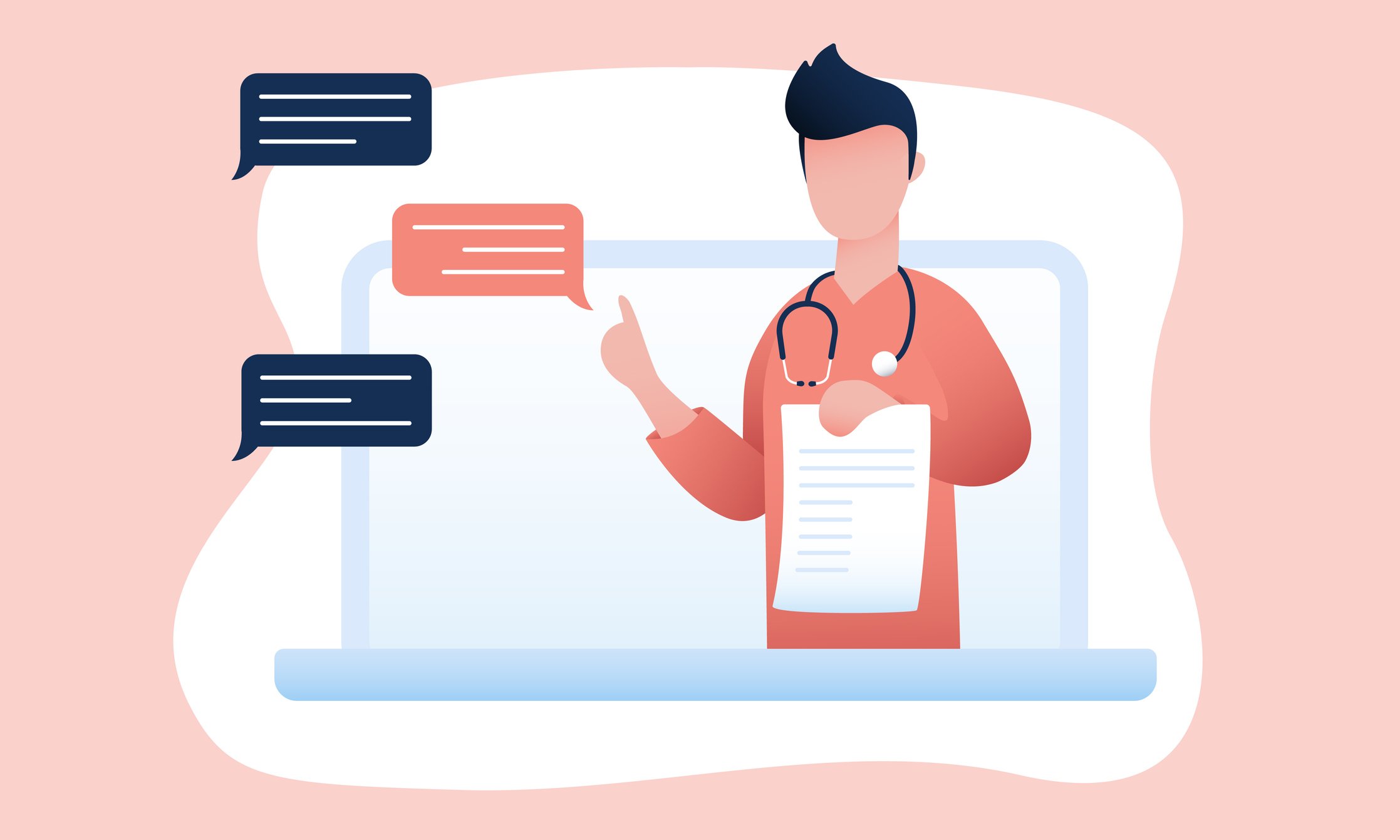 During this global health crisis, telehealth is an effective solution for the prevention and treatment of COVID-19.
During this global health crisis, telehealth is an effective solution for the prevention and treatment of COVID-19.
Telehealth allows patients, healthcare providers and health systems to safely communicate. Patients with symptoms, told to stay at home, can communicate with Nurses and Doctors through virtual channels, mobile apps, video conferencing and phone calls to reduce the spread of the virus to mass populations and the medical staff on the frontlines.
Telemedicine carts are another way hospitals are using technology to help treat patients. The carts allow health staff to roll video cameras and other telemedicine equipment into a patient's room so they can be assessed without Nurses and Doctors physically being at their bedside.
Dr. Todd Czartoski, Chief Medical Technology Officer at Providence Regional Medical Center Everett, said "We had people outside the room talking to the patient, evaluating them with the electronic stethoscope and keeping those communication lines open. The Hospitalists, Infectious Disease Doctor and other Specialists didn't have to gown up and go in and out of the room multiple times a day."
This technique also minimizes the use of personal protective equipment (PPE), such as gloves and masks.
The Centers for Disease Control (CDC) recommends using telehealth tools to direct people to the right level of healthcare for their medical needs. They launched a COVID-19 chatbot called the Coronavirus Self-Checker to help screen Americans who are worried about the coronavirus despite not being sick or being at risk. This would free up healthcare resources for those who need them.
Health insurers are giving providers and patients incentives to use telemedicine delivery models. CVS Health said Aetna would waive copays for coronavirus testing, and all telemedicine visits would have a $0 co-pay until June 4, 2020.
Patients can check their provider’s website or check with their health insurer on how to access telehealth services. According to the Wall Street Journal, people can also go directly to sites from Teladoc Health, Amwell, PlushCare, Doctor on Demand and MD Live for virtual visits.
If needed, Doctors can send prescriptions directly to a local pharmacy via telehealth.
According to the New York Times, health systems are racing to adapt and even develop telehealth services that can serve on the front line for patients. “Telehealth is being rediscovered,” said Dr. Peter Antall, the Chief Medical Officer for AmWell, a company based in Boston that is working with health systems across the country. “Everybody recognizes this is an all hands on deck moment,” he said. “We need to scale up wherever we can.”







